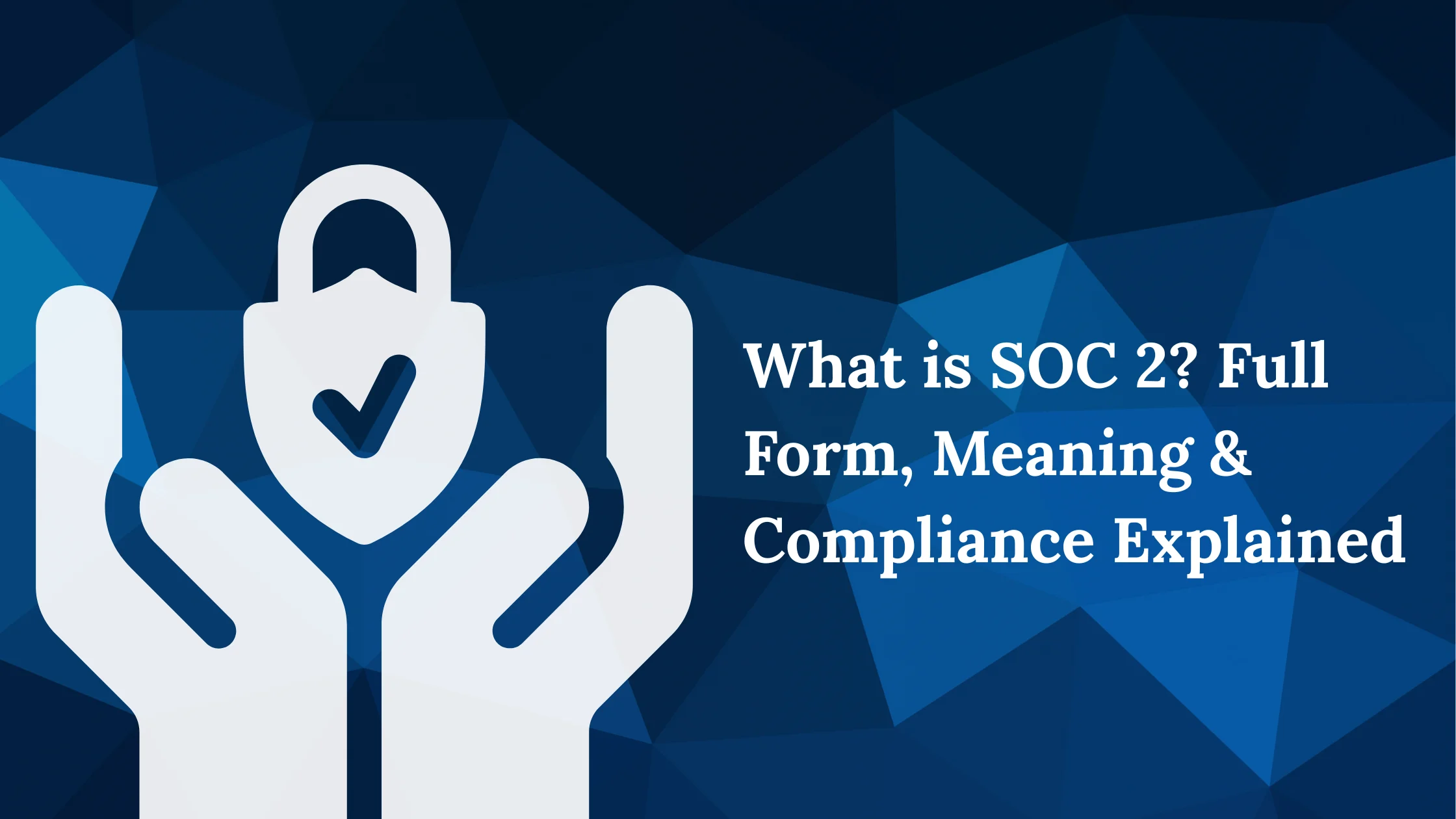
24/7 SOC: Your Digital Guardian Against Cyber Threats
In today’s digital landscape, cyberattack threats loom larger than ever. Organizations face a myriad of challenges, from ransomware and phishing to advanced persistent threats (APTs). As these threats evolve, the need for robust cybersecurity measures becomes paramount. One of the most effective strategies to combat these challenges is establishing a 24/7 Security Operations Center (SOC).
Understanding the Security Operations Center (SOC)
A Security Operations Center (SOC) is a centralized unit that monitors, detects, responds to, and mitigates security threats in real-time. Operating around the clock, a SOC serves as the first line of defense against cyber threats, ensuring that organizations can respond swiftly to incidents as they arise.
The Rising Threat Landscape
The rise in cyber threats is staggering. Recent statistics indicate that ransomware attacks have surged by over 150% in recent years, affecting organizations across various sectors. Phishing remains one of the most common attack vectors, with attackers increasingly using sophisticated techniques to deceive employees and gain unauthorized access to sensitive information. High-profile breaches have highlighted vulnerabilities in even the most secure systems, underscoring the necessity for continuous monitoring and rapid response capabilities.
Key Functions of a 24/7 SOC
1. Threat Detection: Continuous monitoring for signs of malicious activity using advanced tools and technologies.
2. Incident Response: Immediate action to mitigate threats as they occur, minimizing potential damage.
3. Threat Intelligence: Gathering and analyzing data to anticipate future attacks and improve defenses.
4. Compliance Monitoring: Ensuring adherence to regulatory requirements and industry standards.
Components of a Successful SOC
A successful SOC comprises several key components:
Technology Stack: This includes Security Information and Event Management (SIEM) systems, Intrusion Detection Systems (IDS), and threat intelligence platforms.
Human Resources: Skilled analysts and incident responders are essential for effective monitoring and response.
Processes and Procedures: Established protocols for incident management to ensure that threats are handled efficiently.
Benefits of a 24/7 SOC
Implementing a 24/7 SOC offers numerous benefits:
- Immediate Threat Mitigation: Rapid response capabilities significantly reduce potential damage from attacks.
- Enhanced Visibility: Continuous monitoring provides insights into network activity, allowing for proactive measures.
- Improved Compliance: Regular audits and monitoring help organizations meet regulatory requirements.
- Cost Efficiency: Preventing breaches can save organizations substantial financial losses associated with data breaches.
Challenges Faced by SOCs
Despite their advantages, SOCs face several challenges:
- Resource Limitations: Hiring and retaining skilled personnel can be difficult due to high demand in the cybersecurity field.
- Alert Fatigue: High volumes of alerts can overwhelm analysts, leading to potential oversight of genuine threats.
- Evolving Threats: Cybercriminals constantly adapt their tactics, requiring ongoing training and updates for SOC personnel.
Role of AI in Enhancing SOC Capabilities
Artificial Intelligence (AI) plays a transformative role in enhancing SOC capabilities:
- Automation: AI can automate routine tasks, allowing analysts to focus on more complex issues.
- Anomaly Detection: Machine learning algorithms can identify unusual patterns indicative of potential threats.
- Faster Incident Response: AI-driven tools can initiate responses faster than human teams, improving overall security posture.
Integrating SOC with Existing Security Frameworks
To maximize effectiveness, it’s crucial to align the SOC with existing cybersecurity strategies and frameworks such as NIST or ISO standards. Collaboration with other departments (IT, legal, compliance) ensures comprehensive security management.
Future Trends in SOC Operations
Looking ahead, several trends are shaping the future of SOC operations:
- Increasing reliance on automation and AI for threat detection and incident response.
- The rise of Managed Security Service Providers (MSSPs) offering outsourced SOC services.
- A shift towards proactive security measures rather than reactive responses.
Conclusion
In conclusion, a 24/7 Security Operations Center is an essential component of modern cybersecurity strategies. By providing continuous monitoring and rapid incident response capabilities, a SOC acts as a digital guardian against cyber threats. Organizations must consider implementing or enhancing their SOC capabilities to safeguard their assets effectively.
How KavachOne Can Enhance Your Security Posture
KavachOne offers an innovative solution designed specifically for organizations looking to establish or enhance their 24/7 SOC capabilities. With features such as real-time threat monitoring, automated incident response mechanisms, and compliance management tools tailored for various regulations, KavachOne ensures that your organization is well-equipped to handle today’s complex cyber threat landscape.
For more information on how KavachOne can help you bolster your cybersecurity defenses, please reach out at
More For You

...

SOC 2 Compliance for Service Providers: Ensuring Data Privacy and Security
SOC 2 compliance is a security standard for service providers handling customer ...

Factory Cybersecurity: Protecting Industrial Control Systems in Manufacturing Operations
...
